Challenge
When tracked in two directions, a mirrored parabolic dish concentrates solar radiation onto a single spot, resulting in an uneven distribution of light intensity. Arranging multi-junction PV cells in this spot makes it difficult to ensure equal exposure to radiation, and complicates the installation of electrical wiring and a cooling circuit. How can solar radiation be distributed equally across multiple new focal points surrounding the initial focal point of the parabolic dish?
Invention
The RES-Two-Step Dish Collector uses a spherical lens to distribute concentrated radiation to six focal points within a parabolic dish, for example. While the centre of the spherical lens aligns with the focal point of the parabolic dish, its inner surface consists of six facets surrounding a hollow space. The concentrated radiation is refracted at each facet, creating six new focal points around the initial focal point of the parabolic dish. This creates space for multi-junction PV cells, as well as for electric wiring and a cooling system. To protect them against environmental impacts and pollution, the optical, electrical and photovoltaic components may be encapsulated in an evacuated glass container.
Advantages
- Provision of a 1000-fold concentration system for multi-junction PV cells
- High efficiency: PV >35%, thermal 45%
- Provision of solar modules suited for industrial prefabrication
- Protection against environmental impacts and pollution
- Local production of the load-bearing system and the biaxial tracking devices
- Minimal maintenance and durable components
- The parabolic dish can be replaced by a Fresnel lense
Applications
- Depending on their specific diameter, the modules may be designed for an electrical output of 200 W, 300 W or 500 W
- Decentralised generation of electrical power
- Integration of solar collectors in urban environments
- Special application as a solar lighting system
